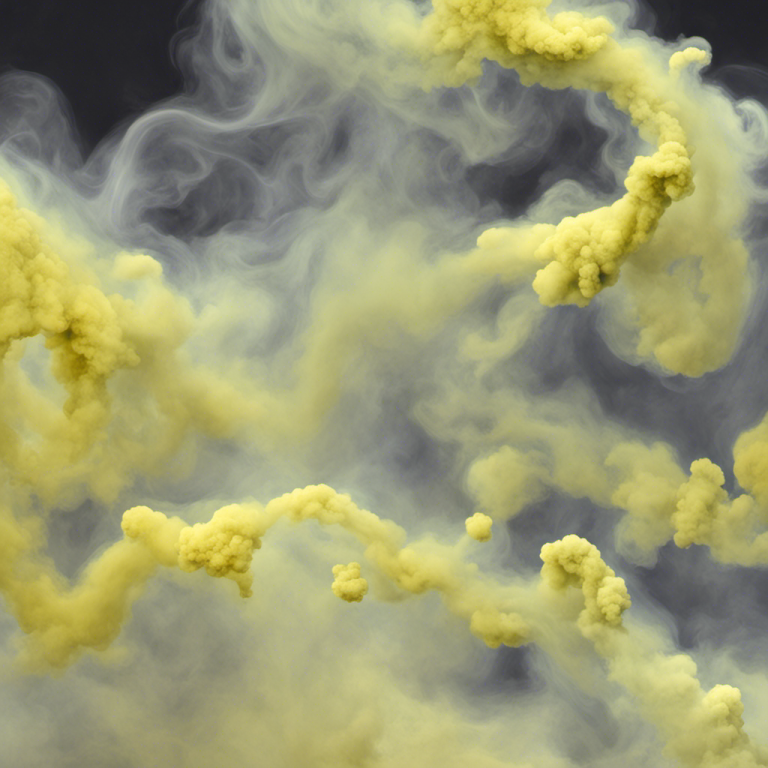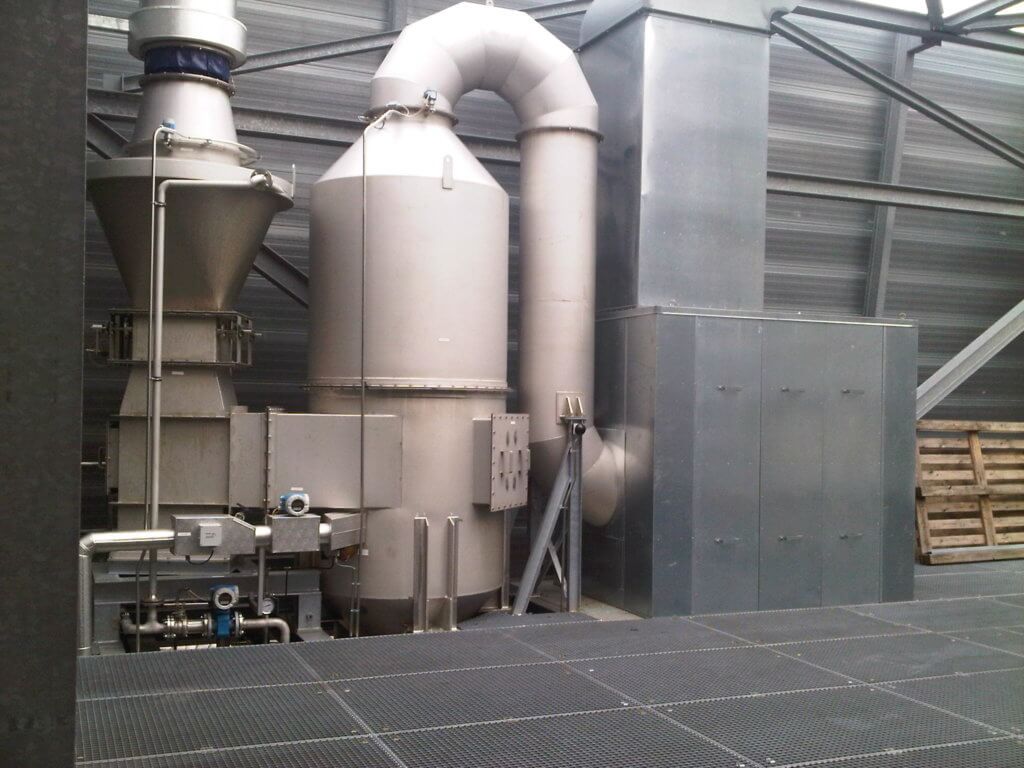Ammonia has many different applications. It is used in different industries like: Plastics, Food, Agriculture and Pharmaceuticals just to mention a few. Its versatile application allows it to act as a stabilizer, refrigerant, neutralizer and purifier. In the food industry, ammonia plays a vital role as it is widely used as a preservative cooling agent in the food processing industry, making it one of the most commonly used preservatives in this field.
What is Ammonia and are possible dangers?
Ammonia (NH3) is a colorless gas that can be compressed under extreme pressure and temperature to form a liquid known as anhydrous ammonia. This clear fluid is a commonly used refrigerant in industrial refrigeration systems due to its excellent thermodynamic properties and low environmental impact. It has a lower global warming potential (GWP) compared to many synthetic refrigerants, making it a more environmentally friendly choice for certain applications.
However, it can also be highly hazardous. Despite the presence of safety measures, regular maintenance, and cautious operators in factories, accidents can still occur. Human errors and equipment degradation can lead to leaks within the factory, posing significant risks to the workers’ safety. Ruptured caps or damaged rings can be potential sources of these leaks, making it essential to remain cautious and take preventive measures to ensure a safe working environment.
Some quick facts about Ammonia:
- Corrosive: Ammonia can cause damage to the skin, eyes, and lungs.
- Flammable: Ammonia can be lethal at concentrations of roughly 15% to 28% by volume in air.
- Explosive: If released in enclosed spaces with a source of ignition present, ammonia can cause life-threatening explosions.
European legislation for cooling systems and heat pumps
EN 378-1:2016+A1:2020 is a European Standard that sets safety and environmental requirements for refrigerating systems and heat pumps, and it is applicable to ammonia-based refrigeration systems as well.
EN 378-1:2016+A1:2020 addresses the use of ammonia in refrigerating systems, and its guidelines for many things like:
- refrigerant classification
- design requirements
- installation, operation
- maintenance procedures
- safety and control devices
- leak detection
- personnel qualifications
These guidelines are also applicable to ammonia-based systems. For ammonia refrigeration systems, safety is of utmost importance due to the toxic and flammable nature of ammonia. Proper design, installation, operation, and maintenance are critical to ensuring the safety of personnel and the environment.
How can we protect workers?
The International Institute of Ammonia Refrigeration (IIAR) provides standardized pipe labeling guidelines, which was last updated in 2021. The standard requires employers to label system components, such as compressors, pumps, and receivers, and ensure that every ammonia pipe marker includes the following five components:
- Pipe Contents
- Physical State
- Pressure Level
- Piping Abbreviation
- Flow Direction


